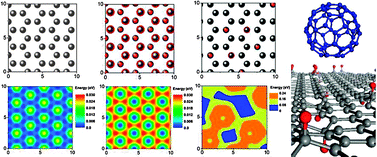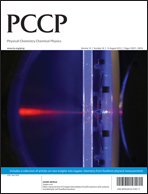Controlling the motion of nanoscale building blocks on chemically contaminated or modified substrates is a bottleneck in bottom-up approaches to develop high performance Nanoscale Electro-Mechanical Systems (NEMS). Nevertheless, how such modification of a substrate surface affects the mobility of an admolecule has not been well understood. Here, we employ molecular dynamics (MD) simulations to study the surface diffusion of a C60 admolecule on both pure and hydrogenated graphene. By changing temperature and hydrogen coverage, we obtain a diagram which shows evidently the existence of three distinct regimes of the surface diffusion of a C60 admolecule, that is, superdiffusion, normal diffusion, and subdiffusion. Surprisingly, our simulations also show that minute hydrogenation on graphene leads to a giant reduction in molecular mobility. A theoretical model which takes into account the effects of both random traps and barriers is developed to predict the relation between the diffusion coefficient and the temperature and hydrogen coverage. The model predictions are in good agreement with our molecular dynamics simulation results.

You have access to this article
 Please wait while we load your content...
Something went wrong. Try again?
Please wait while we load your content...
Something went wrong. Try again?


 Please wait while we load your content...
Please wait while we load your content...